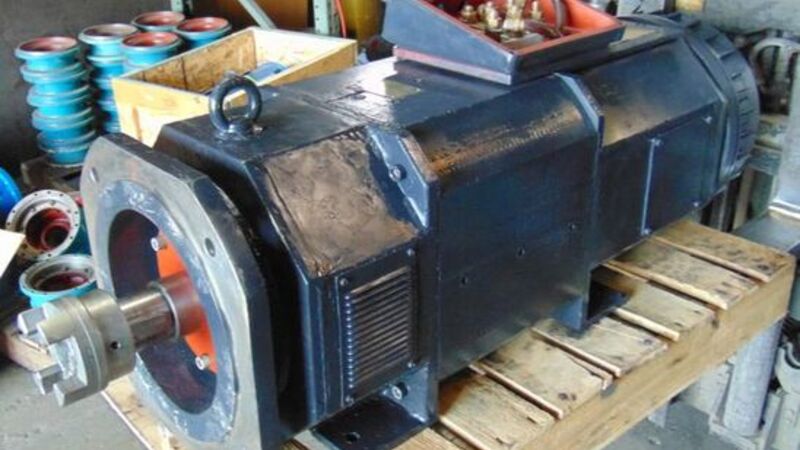As more businesses across America prioritize sustainability and operational efficiency, wind energy has emerged as a reliable and cost-effective power source for industrial and commercial operations. From manufacturing plants to logistics centers, organizations are increasingly exploring on-site renewable energy systems to reduce grid dependency and operational costs. One of the most vital components in these systems is the DC Motor for Wind Turbine, which plays a critical role in energy conversion and efficiency.
The Role of a DC Motor in Industrial Wind Turbine Systems
In an industrial or commercial wind turbine setup, a DC motor functions as a generator, converting mechanical energy from the turbine’s rotation into direct current (DC) electricity. This electricity can be stored in battery banks, integrated with power management systems, or converted to alternating current (AC) for equipment and facility use.
Efficiency and durability are essential for industrial operations, and the DC motor’s design allows for consistent energy generation even in variable wind conditions — ensuring steady performance and reduced downtime.
Advantages of Using DC Motors in Commercial and Industrial Wind Turbines
DC motors offer several advantages that make them particularly suited for large-scale and continuous-use environments:
-
High Efficiency and Reliability: DC motors are capable of generating consistent output, even at lower wind speeds, optimizing performance in diverse environmental conditions.
-
Simplified Integration with Energy Storage Systems: Many industrial facilities use battery storage or hybrid systems. Since batteries store DC power, using DC motors reduces conversion losses and simplifies the electrical infrastructure.
-
Lower Maintenance Requirements: Industrial-grade DC motors are robust, easier to service, and require less maintenance compared to AC alternatives, which translates to reduced operational costs.
-
Scalable Power Output: Facilities can customize DC motor configurations to match their energy requirements — from supplemental power generation to full-scale renewable integration.
Improving Operational Efficiency with Wind Power
For commercial and industrial enterprises, incorporating wind turbines equipped with DC motors delivers measurable business benefits:
-
Reduced Energy Expenses: On-site energy generation can offset electricity costs, particularly in energy-intensive industries.
-
Energy Resilience: Producing power independently provides protection against grid disruptions, ensuring continuous operations during outages.
-
Sustainability and ESG Compliance: Leveraging wind energy helps businesses meet sustainability goals, reduce carbon footprints, and align with environmental regulations.
Key Considerations for Industrial Implementation
Before deploying a commercial wind turbine system, organizations should evaluate:
-
Site Wind Data: Conducting a professional wind resource assessment ensures the project’s viability and ROI.
-
System Design and Sizing: Selecting the appropriate turbine capacity, DC motor specifications, and placement is vital for maximum energy capture.
-
Maintenance and Monitoring: Implementing scheduled inspections and automated monitoring systems helps maintain efficiency and extend the lifespan of the turbines.
Powering a Sustainable Future
As industries move toward greener operations, investing in advanced wind energy solutions featuring DC motors for wind turbines represents a practical step toward long-term sustainability and energy independence. With professional-grade systems designed for commercial use, businesses can not only lower operating costs but also contribute to a cleaner and more resilient energy future.

